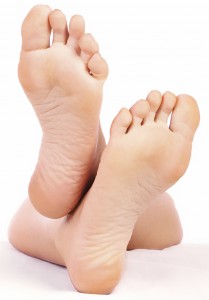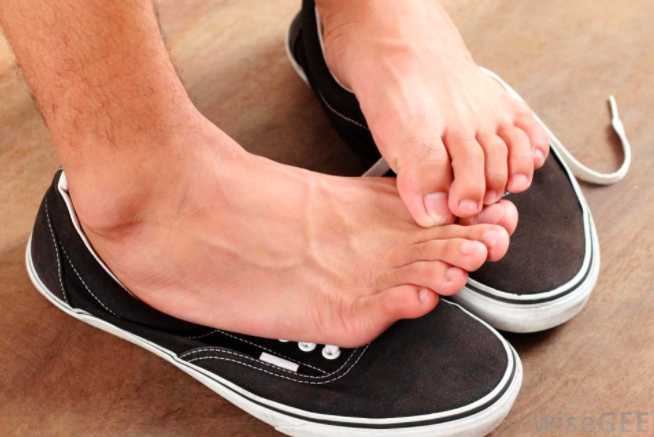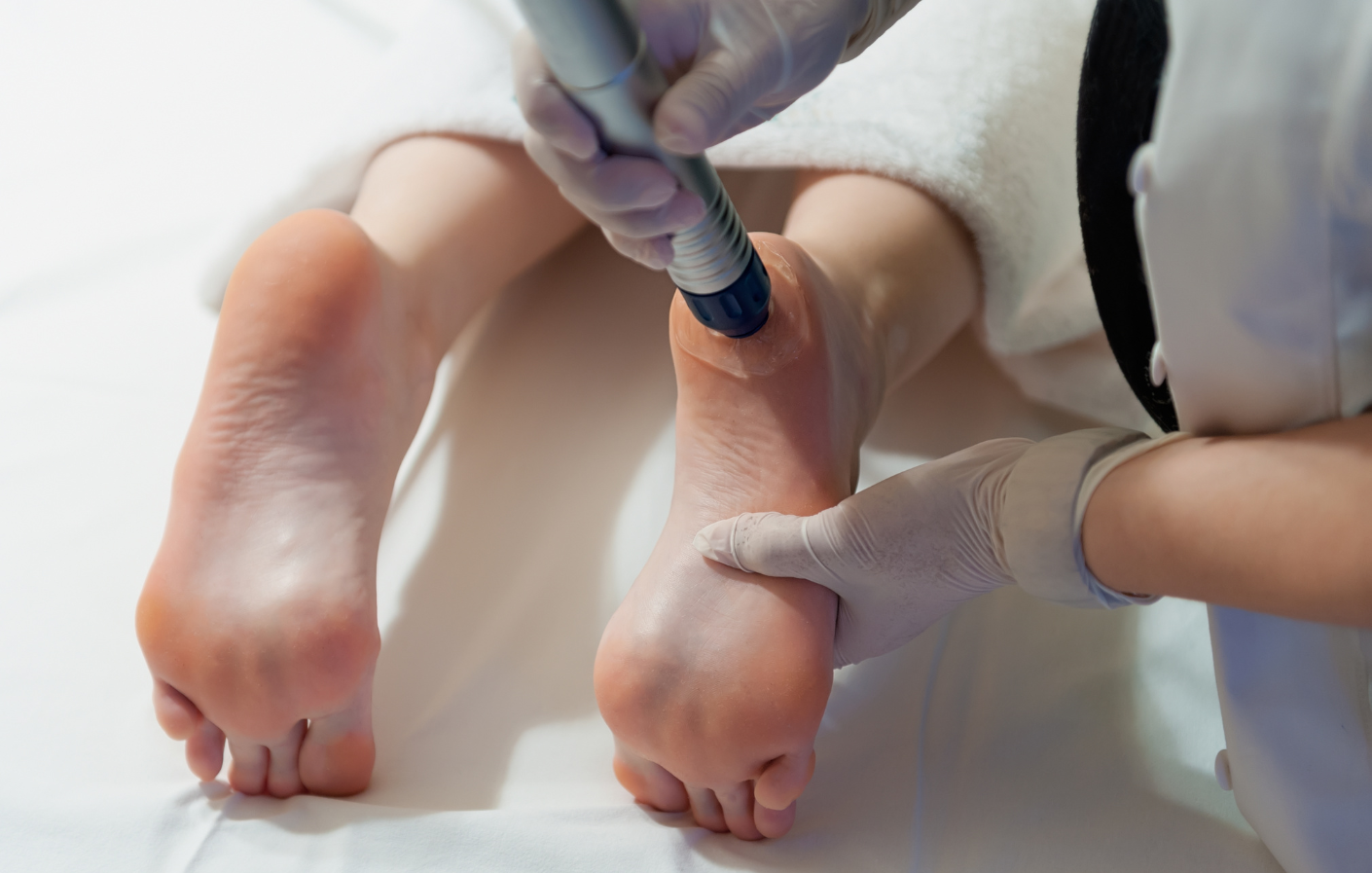Our Top 5 Ingrown Toenail Questions for 2018!
… Aaaand that’s a wrap for 2018! We’ve had a fantastic year and helped hundreds of patients with their ingrown toenails this year. So we thought we’d finish up by sharing the top FIVE questions, and comments, that we received when treating ingrown toenails this year. Here we go!
1. “I’ve been really careful when cutting my toenails, I don’t know why this has happened again”
 Ohhh yes, there are many causes of ingrown toenails. An incorrect nail cutting technique is definitely one. This is when the nails are curved or cut down into the sides, or are ‘picked’ or pulled off instead of being cut with nail scissors or clippers.
BUT there are plenty of others too that will have nothing to do with the way you cut your nails. These include regularly wearing tight or narrow footwear that pushes the toes together – and hence the skin into the nail. Genetic factors may also come into play, with the shape of the nail and/or skin predisposing you to getting ingrown toenails. It’s important to consider all of these factors when deciding on the best course of treatment for your feet.
Ohhh yes, there are many causes of ingrown toenails. An incorrect nail cutting technique is definitely one. This is when the nails are curved or cut down into the sides, or are ‘picked’ or pulled off instead of being cut with nail scissors or clippers.
BUT there are plenty of others too that will have nothing to do with the way you cut your nails. These include regularly wearing tight or narrow footwear that pushes the toes together – and hence the skin into the nail. Genetic factors may also come into play, with the shape of the nail and/or skin predisposing you to getting ingrown toenails. It’s important to consider all of these factors when deciding on the best course of treatment for your feet.
2. “Is it infected?”
Is there a yellow-white discharge coming out of it? Is it red swollen? Is it bleeding? If you answered yes to any of these, then there is a chance that it is. Infections not only make things a lot more painful, but also dangerous too if the infection continues to grow. Without scaring you off too much, the big toe bone is pretty close to the surface of the skin. If a superficial infection were to get down and reach the bone, then things would turn very serious very quickly. The good news is that if you get your toenail sorted quickly after you notice the symptoms start, the chance of it getting serious is minimal – also because your podiatrist will be able to assess the situation and take the appropriate action. So don’t worry! But do get it seen and treated.
3. “How long before the pain goes?”
If we’re managing it conservatively by removing the nail spicule from the nail, then the pain should ease pretty immediately! You’ll feel an instant relief once the nail spicule is out, which will be noticeable when you push down on the skin and nail. The area will still be tender while it settles down and heals, but we’d expect that to go by one to two days tops – unless it was quite severe to begin with.
If you’re getting an ingrown toenail surgery, you may experience some post-surgical discomfort for days following the procedure, but it’s nothing that can’t be handled with some painkillers at worst (most people don’t need them).
4. “If I have the surgery, will my nail look funny? Will only half of it be left?”
Absolutely not. We only remove just as much as we need to to get the best outcome for you – with the painful nail spicule gone and no new nail coming back in that area. Often, we take as little as 3mm of nail – which is barely noticeable once it heals and the skin closes in. Think of it like a tooth extraction- initially there’s a gap in the gums but then it closes in and looks perfectly normal.
5. “Is it going to come back?”
If you get it removed conservatively – without permanently destroying the nail growing cells in the side of the nail – then maybe. It absolutely can. Or you may get lucky and it won’t. They key here is that it can.
If you have a partial nail avulsion (PNA) with a chemical matrixectomy, then no. Unless the body heals itself and restores the nail growing cells in the corner of your nail, which happens in approximately 20{b6e5f00fb20603d91e0eda9e5a923147a5347bc67df2eafaea32baa070f26b9a} of people. Unfortunately, that’s up to your body and its reparative response and is completely out of our control. But for most people, once the nail growing cells are destroyed, they can no longer grow new nail, and BAM. No more pesky ingrown toenails.
That’s it from us! If you’ve got an ingrown toenail and want to be first on our list to get it fixed in the new year, use our online booking form
here. Have a lovely Christmas and stay safe!!


 Ohhh yes, there are many causes of ingrown toenails. An incorrect nail cutting technique is definitely one. This is when the nails are curved or cut down into the sides, or are ‘picked’ or pulled off instead of being cut with nail scissors or clippers.
BUT there are plenty of others too that will have nothing to do with the way you cut your nails. These include regularly wearing tight or narrow footwear that pushes the toes together – and hence the skin into the nail. Genetic factors may also come into play, with the shape of the nail and/or skin predisposing you to getting ingrown toenails. It’s important to consider all of these factors when deciding on the best course of treatment for your feet.
Ohhh yes, there are many causes of ingrown toenails. An incorrect nail cutting technique is definitely one. This is when the nails are curved or cut down into the sides, or are ‘picked’ or pulled off instead of being cut with nail scissors or clippers.
BUT there are plenty of others too that will have nothing to do with the way you cut your nails. These include regularly wearing tight or narrow footwear that pushes the toes together – and hence the skin into the nail. Genetic factors may also come into play, with the shape of the nail and/or skin predisposing you to getting ingrown toenails. It’s important to consider all of these factors when deciding on the best course of treatment for your feet.

